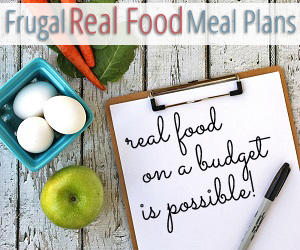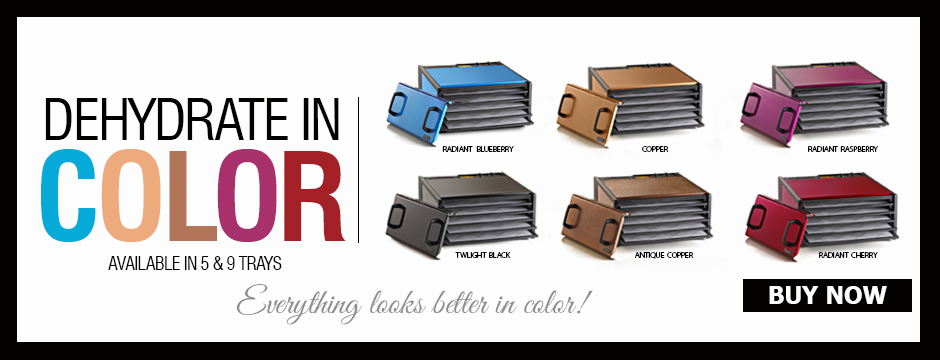You recycle. You buy organic foods whenever possible and you try to combine your errands so you don’t use too much fuel. Maybe you carpool to work and occasionally buy and sell from consignment stores. Sustainability is on your radar. You want to be a responsible citizen that takes care of the planet and does what you can to live an environmentally-friendly lifestyle.
When it comes to sustainability there is a balance. Most people want to do more to live an eco-friendly life, but they also want to make sure that it doesn’t consume all of their time, energy, and money.
For example, there’s a difference between starting a garden and converting your entire household energy to solar power. One requires a few hours a week of your time and the other may require several months of renovations and a change in energy consumption that you may not be prepared for.
So how do you know where that balance is? How do you know if you’re doing as much as you can do without dramatically changing the way you live your life?
Are You Ready to Take Sustainability to the Next Level?
Sustainability is a lifestyle. As you take steps to live a greener life, you’ll make changes to your lifestyle. Are you ready for some changes? Let’s take a look at a few questions. The answers will guide you to your next steps.
How Organized Are You?
Do you find that you often create systems to organize your life, your space, and your routine? For example, do you occasionally re-organize the pantry or create chore charts for yourself or your children? If you’re often creating systems, that means you’re fully capable of tackling a more sustainable life. You might even have what it takes to take on a larger project or lifestyle change.
Are You Ready for a Change?
Change is good. It keeps you fresh, it challenges your mindset and your mental processes. It helps you grow. Adopting a new sustainability project, habit, or system requires a willingness to change. If you feel like you’re ready for change and can get excited about it, then you’re ready to take sustainability to the next level.
Are You Looking to Feel More Fulfilled, Rewarded, and Engaged?
Living a sustainable lifestyle is rewarding. Sure, some projects are hard work but that work pays off. You’ll feel more engaged in life and in your community. You’ll also enjoy a feeling of satisfaction when you know that your new habits do have a positive impact on the world.
If you answered yes to any of these questions then you’re ready to take sustainability to the next level. Don’t worry; you don’t have to go off the grid if you don’t want to. Over the next few months we will learn eight different ideas to add more sustainable habits and projects to your life. Choose one or all eight – it’s up to you. Let’s get stared with composting.
Composting
What do you do with your vegetable scraps? What about your banana peels, coffee grounds, or egg shells? Whether you have a garden or not, you can turn that everyday kitchen garbage into compost.
Compost is nature’s recycling program. Materials decompose and turn into extremely fertile and rich soil. You can use the compost around your plants, in your houseplants, and of course you can add it to your lawn or garden. While adding composting to your lifestyle does require adopting a few new habits, it’s actually pretty easy to incorporate into the way you live.
Step One: Your Containers
You’ll need two containers. You’ll need a composting bin or area outside. You’ll also need something to store your kitchen waste in. Outdoors there are different types of bins to consider. Some have a handle on them so you can turn the bin and mix your compost. Others allow you to pop off the top. You mix by hand using a rake or shovel.
Indoors you want to choose a ceramic or stainless steel container. You’ll want it to have a lid.
Step Two: Start Your Compost
Outside you’ll want to position your compost bin in an area where it will be out of your way but convenient. Start your compost with a layer of brown material. Brown material is anything that is dry like twigs, dry leaves, straw, or dried grass. You’ll want this material to be a few inches thick. Inside, you can start collecting your kitchen waste.
In general, don’t compost any meat, grease, or material that has animal waste on it. You can compost cardboard, fruits and vegetables, egg shells, coffee and tea grounds, and newspapers. If you aren’t sure, play it safe and don’t add it to your compost.
A word of warning: if you add seeds to your compost, for example apple or tomato seeds, don’t be surprised to find plants growing in your compost, or later in your yard where you’ve placed the compost.
When your indoor container is full, add it to your outdoor compost bin and mix it up.
Step Three: Evaluate and Maintain
Your compost needs to stay moist but not soaking. If it gets too wet, it will mold. If it’s too dry, nothing will happen. You can add water to your compost if it’s looking dry. Stir your compost every couple of weeks. Turning or stirring it aerates it, which facilitates decomposition.
Yard and food waste make up more than 30% of the waste in our landfills. When you compost your kitchen and yard trimmings, you’re helping to divert that waste from the landfill. It’s a great way to live a more sustainable life.
My compost bin
What does composting look like for you? Please share your pics!



























Speak Your Mind